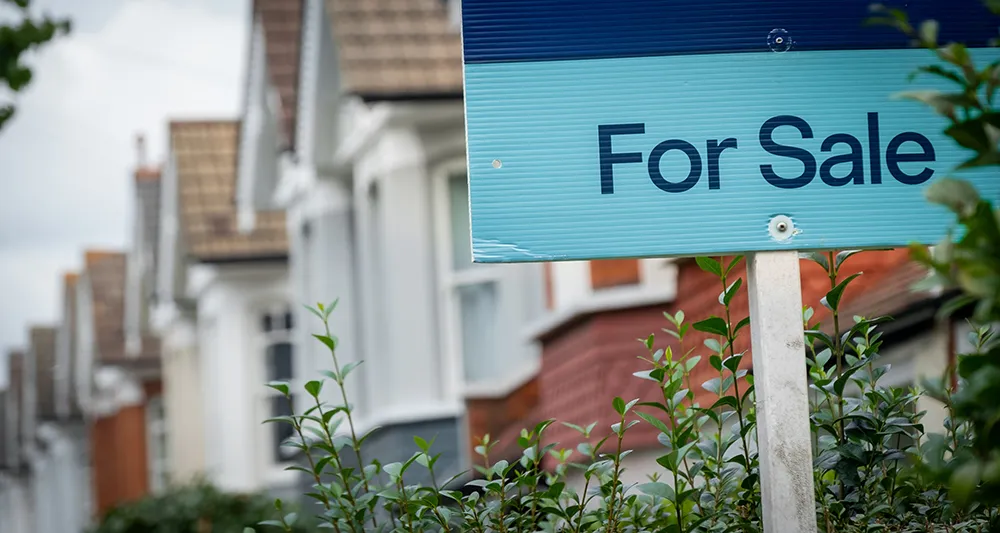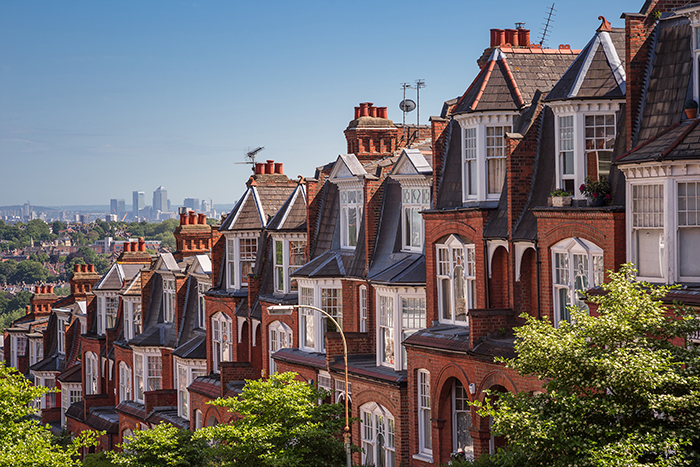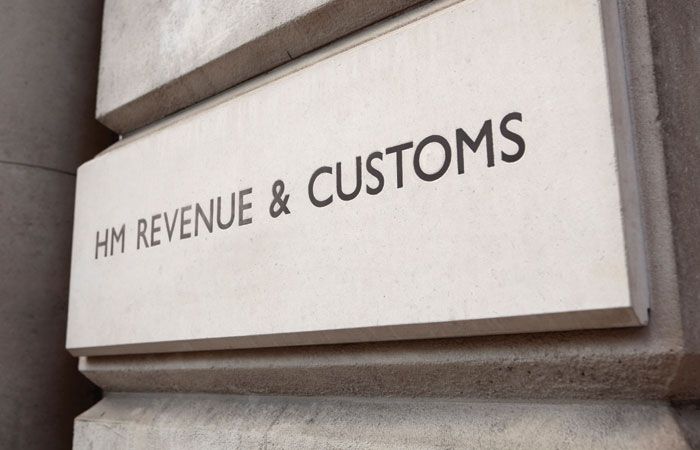
In the first three months of 2025, flipped properties (homes bought and re-sold within a year) accounted for 2.3% of all transactions across England and Wales, the lowest percentage since first quarter 2013.
This is according to analysis by Hamptons of Land Registry data. The research also shows there were 7,301 flipped homes sold across England and Wales in Q1 2025, with numbers now running 27% below the 10-year average of 10,000 per quarter.
The average gross profit (the difference between sale and purchase price) earned on a flipped property in England and Wales was £22,000 in the first quarter of this year.
While this figure has risen by £6,000 compared to properties sold last year, slower house price growth and the shift towards flipping cheaper homes have meant that gross profits have almost halved since they last peaked at £38,000 in 2022 and remain lower than they were a decade ago.
In percentage terms, the average gross profit made by an investor who flips a home has declined from 17% in Q1 2015 to 10% in Q1 2025, primarily due to weaker house price growth.
Lower returns, predominantly due to higher stamp duty costs, have reduced the proportion of profitable flipped properties. Of all the homes flipped across England and Wales during the first quarter of this year, 80% were sold for more than they were bought for; however, just 66% made a profit on resale after paying stamp duty. However, higher material and labour costs, alongside slower house price growth, have also weighed on investment appetite.
Regional factors
Hamptons suggests that flipping increasingly only stacks up in the Midlands and North of England, where property prices and, therefore, stamp duty costs are lower.
In the first quarter of this year, 61% of flipped properties were in the Midlands, North of England or Wales, up from 50% a decade ago (before the stamp duty surcharge on second homes was first introduced).
The North East, the cheapest region in the country, remains the hotspot for flipping. Here, 4.7% of all homes sold in Q1 2025 had been bought within the previous 12 months, more than double the national average.
Commenting on the data, Hamtons head of research Aneisha Beveridge said:
“The second home stamp duty surcharge was introduced to tilt the market towards first-time buyers at the expense of landlords, something that it has successfully done. However, it has also multiplied the costs for those people who are refurbishing homes to a level that’s increasingly unviable.
“These are often empty homes which need a lot of love, and are typically projects which most first-time buyers and movers have shied away from.”
She added: “These rising upfront costs have pushed investors further North, where properties can still be bought without paying any stamp duty. It’s also where more house price growth has been concentrated over the last few years.
“While the returns aren’t as high as with homes in the South in cash terms, higher yields and lower tax bills continue to make the North the homeland of flipping.”



